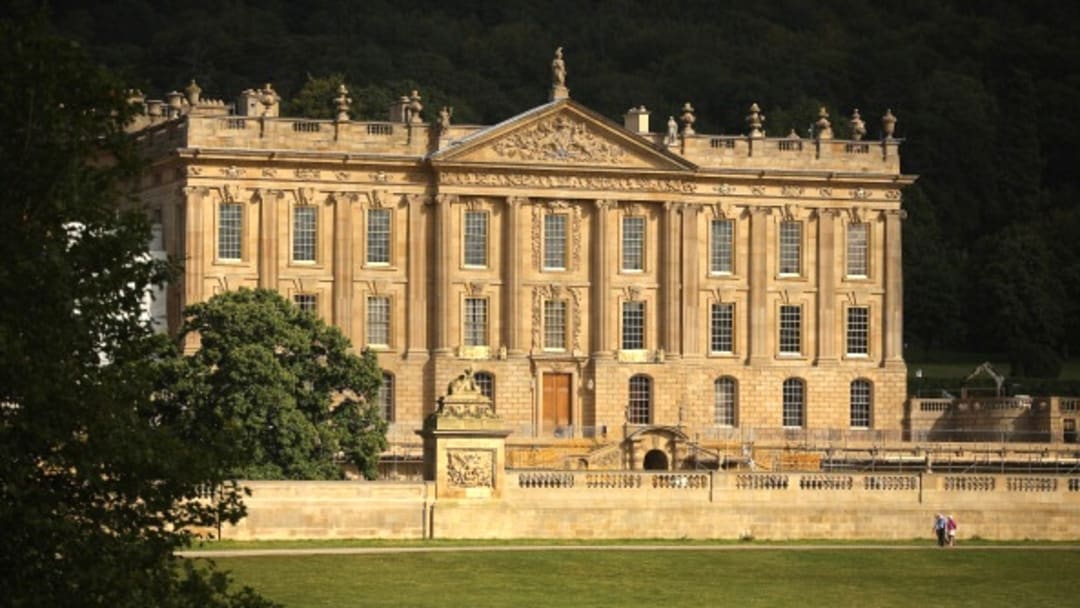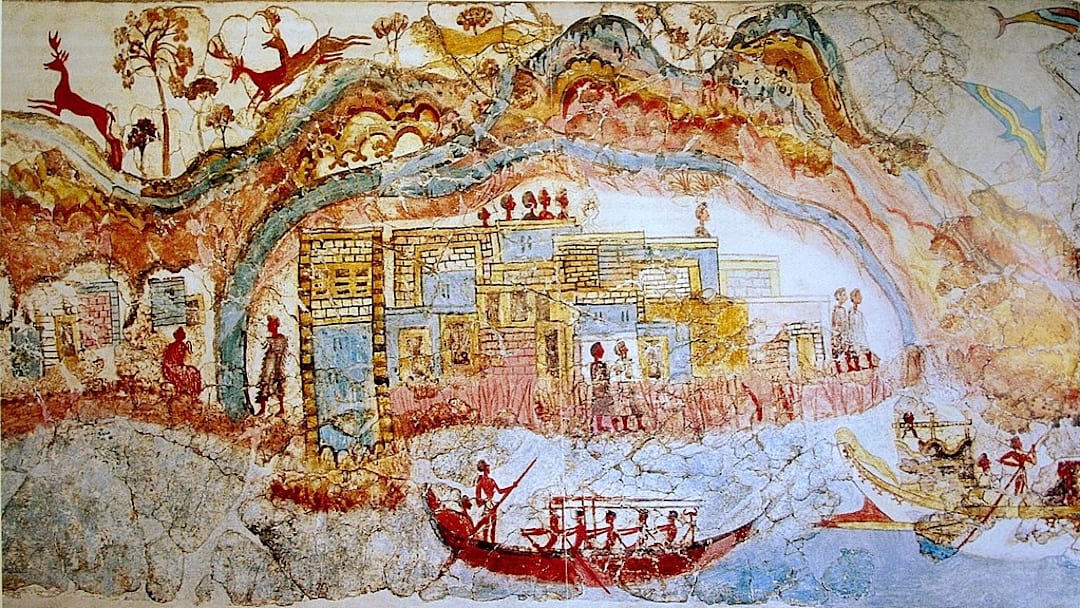

Claire Cock-Starkey
Joined: Nov 3, 2015
Claire Cock-Starkey is a writer and editor based in the UK. Her latest book, The Book Lovers' Miscellany, was published in January 2018. Visit her at www.nonfictioness.com.




The medieval masterpiece—embroidered on a 230-foot piece of linen—depicts bloody battles and a royal betrayal that changed the history of England.
From the Bermuda Triangle to the ‘Mary Celeste,’ here are some of the most puzzling enigmas of the deep.
From ruined castles in Europe to a pebbled beach in Thailand, these supposedly hexed global destinations carry warnings for all who dare to visit them.
Some of the world’s oldest roadways are only memories now—but many have been preserved as historic monuments or improved to handle today’s traffic.
When the supposedly unsinkable 'Titanic' went down on April 15, 1912, the Halifax-based ship 'Mackay-Bennett' was assigned to recover its victims.
Archaeologists used to think that the Clovis people were the first inhabitants of the Americas some 13,500 years ago. The evidence from these ancient sites says otherwise.
In 79 CE, the eruption of Mount Vesuvius buried the cities of Pompeii and Herculaneum in 20 feet of ash, preserving amazing details about daily life in the Roman Empire.
The astonishing cave paintings of bison, deer, and extinct animals were discovered by accident in France in 1940. They offer a tantalizing glimpse into prehistory.
Each of these ancient fossils, even if just a small part of a skeleton, represents an identifiable character in the story of humankind.
The Denisovans went extinct around 30,000 years ago. Scientists are just beginning to unravel their genetic legacy.
The gorge in northern Tanzania has yielded many of the oldest fossils of humankind, shedding new light on our ancient ancestors.
There’s more to this spooky pseudo-science than simply turning lead into gold.